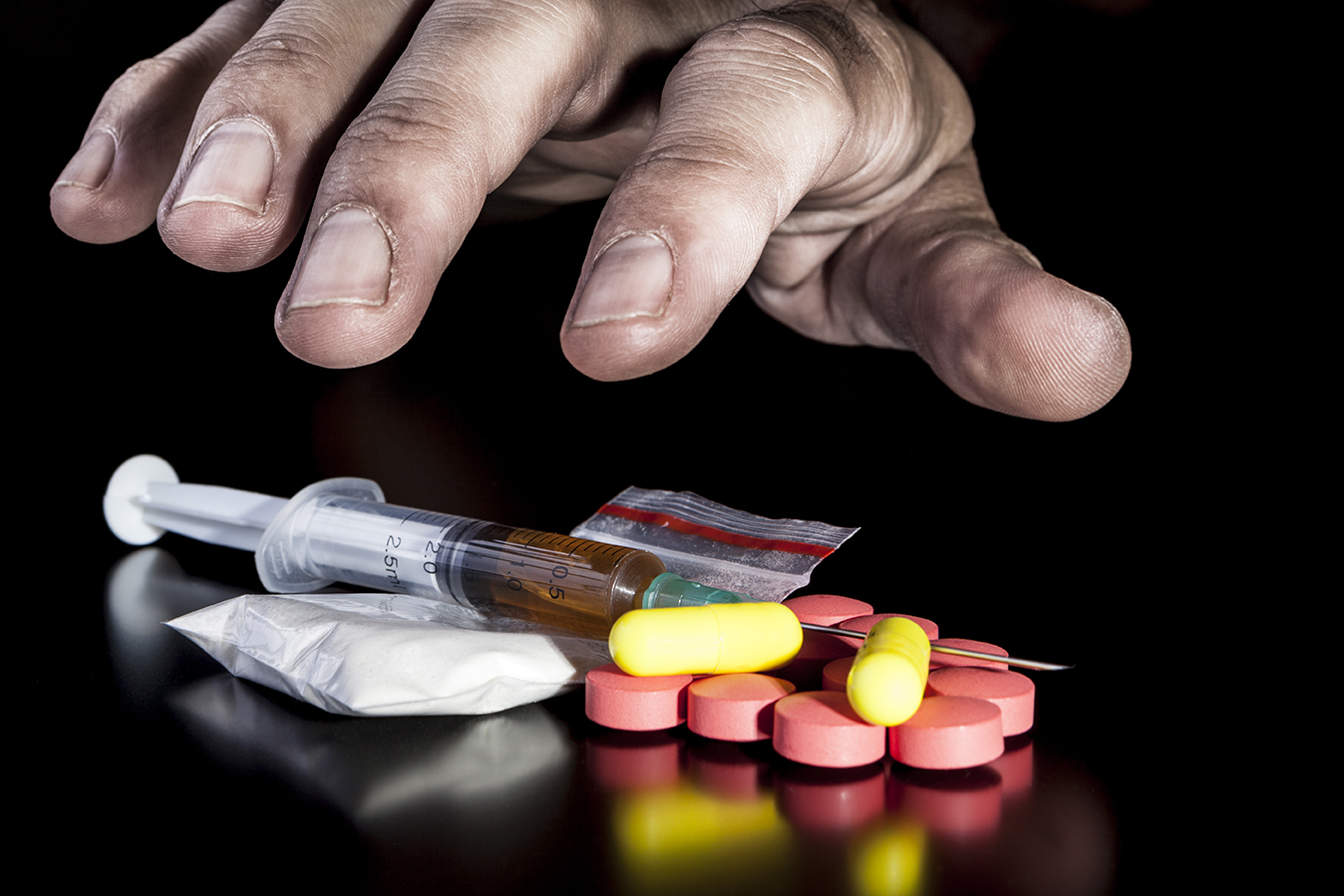Opium substitution treatments such as methadone maintenance treatment (MMT) have reduced the costs of substance abuse and protected the livelihood of individuals grappling with drug addiction.
This was stated by the director of an MMT clinic in Tehran, Dr. Mohammad Fallah, who talked to Financial Tribune in reference to the recently-approved bill by the Majlis Judicial and Legal Commission.
The bill allows distribution of narcotics by the government and calls for a scale-up in opioid substitution treatment programs as an effective strategy to fight drug smuggling into the country.
Addiction is defined as a chronic, relapsing brain disease characterized by compulsive drug seeking and use, despite harmful consequences.
“By accepting that addiction is a chronic disease and that patients need to use drugs regularly, we can focus on reducing the harms of their habit. Opioid substitution is a therapy for management of a chronic condition. Some clients may need therapy for years and some for their entire life,” Fallah said.
Unfortunately, there is no evidence that the tough enforcement of the drug laws on personal possession leads to lower levels of drug use. A health-based rather than a criminal justice-based approach is where effective policies lie.
Opioid substitution therapy programs, the World Health Organization says, are effective in substantially reducing financial and other stresses on drug users and their families, illicit opiate use, HIV risk behaviors, death from overdose and criminal activity.
Stemming Exorbitant Costs
“An opium addict has to at least spend 4.5 million rials ($120) a month to buy illegal drugs, whereas he can undergo methadone therapy at MMT clinics under the supervision of a doctor, a psychologist and a nurse. The greater part of the expenses for these services is covered by the government and the patient pays a small fraction of the costs,” Fallah said.
According to official figures, the increasing population of drug addicts in Iran imposes a financial burden of 500 trillion rials ($13.2 billion) on the treasury every year.
Earlier this month, the head of Drug Demand Reduction Working Group at the Expediency Council, Saeed Sefatian, said addicts are believed to be spending 200 trillion rials ($5.2 billion) on illicit drugs every year.
Fallah said healthcare and medication costs associated with treatment of HIV/AIDS and hepatitis in injecting drug users are very high.
“By monitoring the drug habits of patients and providing opioid substitution therapy to injecting drug users, we are actually lowering the costs of these contagious diseases as well,” he added.
Additional Benefits
“The shift from a hard opioid like heroin with its dangerous side effects, including aggression, irritability, or abrupt mood swings, to methadone, buprenorphine [both used for detoxification, short- and long-term opioid replacement therapy] and laudanum [a tincture of opium containing approximately 10% powdered opium] has helped reduce crime rates in Tehran’s tough neighborhood. A drug like methadone does not change the mood of its consumers drastically, unlike heroin,” Fallah said.
“The effect of methadone use lasts for 18.5 hours. It is a single-dose drug, which means the patient has to take it only once a day but the effect of multi-dose drugs like opium lasts for seven hours, meaning patients have to consume opium several times a day. There are addicts who leave their work after six hours of work in the middle of the day to repeat their opium consumption. The involvement of the patient with a drug like methadone is way shorter than other drugs and the patient is able to have every physical, emotional and intellectual activity without impairment.”
The physician noted that under such programs, methadone and buprenorphine, as well as laudanum, are prescribed and their use is monitored by doctors and produced by pharmaceutical companies like Darou Pakhsh, Faran Shimi and Exir.
“These drugs are by far safer than those supplied by smuggling chain where the dosage and quality of the opium are often under question and their prices are by far higher. About six months ago, a significant number of patients were admitted to hospitals due to lead poisoning from smoking contaminated opium. Smugglers of opium mix lead or even radiographic films with opium to add weight to their products,” he said.
MMT Inception in Iran
Noting that methadone was first imported into Iran to allay the pain of Iran-Iraq war veterans, Fallah said, “As we speak, there are many decent, respectable patients from civil servants to police officers, officials and even physicians attracted by MMT programs who would otherwise lose their jobs and family lives. These people get the daily intake of drug their bodies need from 2,000 MMT clinics across Tehran and 8,000 clinics in the country and live normal lives, without the risk of mood swings or posing any threat to the society.”
The first MMT clinic was launched in Iran in 2003, the Persian daily Tejarat-e Farda reported. Since then, these programs have acted as gateways to other services for many drug users, including primary health care, HIV testing, antiretroviral therapy and services for tuberculosis, hepatitis and HIV/AIDS.
Opioid substitution therapy in Iran is supported by the Ministry of Health and Interior Ministry, as well as the Drug Control Organization and Iranian Anti-Narcotics Police and is endorsed by the Joint United Nations Program on HIV/AIDS, the United Nations Office on Drugs and Crime and the World Health Organization.
Methadone and buprenorphine are on WHO’s Essential Medicines list.
Opponents of the parliamentary bill might argue that the ease of access to drugs would remove the associated stigma. Their fears are legitimate to some extent. However, everyone can testify that currently access to narcotics in Iran is easy. Also, it is highly unlikely for an individual to turn to drugs just because the government is distributing them.
Doubts about the wisdom of the proposal are also expressed by critics who point to its probable concomitant economic corruption, such as out-of-network distribution of substitution drugs. There is no denying the fact that there is a parallel market for almost all products distributed by the government. Economic corruption as such is undeniable but, ultimately, the advantages of the program outweigh its minuses.
According to official figures, there are at least 2.8 million drug addicts in Iran and the Law Enforcement Forces said recently there are between 220,000 and 250,000 people involved in drug smuggling. Each year around 600-700 tons of illegal substances are seized by LEF. Around 500,000-700,000 people receive rehab services annually.



